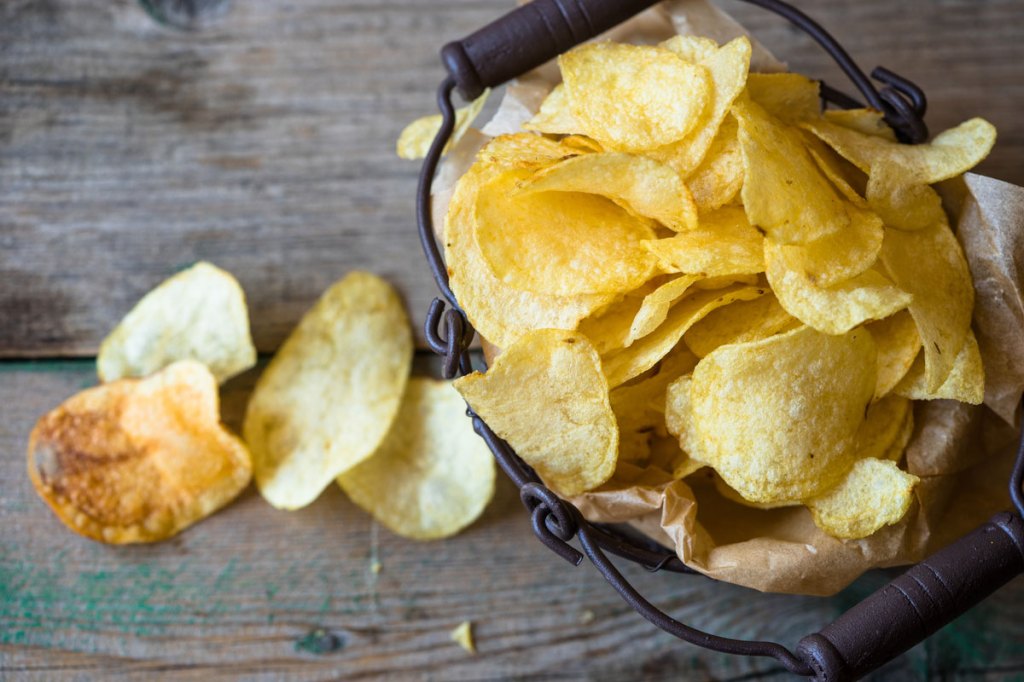Safety
Perhaps an after-effect of the COVID-19 pandemic, shoppers are seeking out one essential attribute for home care products above all others — hygiene.
An NIQ survey shows that buyers of home care products want their homes to be clean and sanitized. 45% of consumers indicated looking for products with safety precautions such as antibacterial properties, non-toxic ingredients, disinfectant abilities, etc. Their chief concern is their health.
An example of an innovation tapping into this consumer expectation of health through home care is Sagrotan’s latest innovation. It is a washing machine cleaner, a liquid that deep-cleans a washing machine in more ways than one. This product is tapping into the health trends for home care products by stating that their washing machine cleaner has a 5-in-1 multifunctional aspect: not only does it remove bacteria, odors, and limescale, but it also cleans areas normally inaccessible and keeps the machine fresh. Users are guaranteed a sparkling clean and hygienic washing machine.
Sustainability
As conversations around sustainability evolve, consumers realize the impact of their buying habits, prioritize brands aware of their ecological implications, and hold them accountable.
For instance, packaging that reinforces low- or zero-water living, reduces the supply chain, or has a low carbon footprint is highly desirable by consumers. In our survey, 41% of consumers stated they gravitate towards items with environmentally friendly ingredients or packaging.
Dr. Beckmann’s Magic Leaves is an excellent example of a company prioritizing sustainability. This innovation does this through prioritization of its’ format and delivery — Magic Leaves are water-soluble laundry detergent sheets. Replacing liquid, tabs, and powder, this sheet format is advertised as taking up 80% less space than the standard liquid detergent bottle. Such a compact form stacks up nicely in delivery trucks. Since it’s not difficult to store and transport Magic Leaves, they require less emissions to transport products and therefore boast a low carbon footprint.
Another sustainably-marketed innovation is La Recette’s Essentielle Lessive Liquid Detergent. The detergent is stored in bottles made of at least 50% recycled plastic, reusing valuable materials. Consumers take small yet impactful steps to reduce unnecessary waste when buying this product.
Simplicity
When reading an ingredient list, it’s rare for consumers to recognize every component. Most need to search and look up the label’s contents to understand the product’s composition truly.
As to why shoppers would go through this effort in the first place, NIQ BASES research shows that 36% of buyers gravitate towards products with a clean, simple label. Wary of toxic ingredients, consumers prefer a straightforward, transparent list where they can easily avoid undesirables. Common blacklisted examples would be phthalates, quats, phosphates, etc.
Beltran’s Biobel Laundry Detergent is an innovation that avoids these pitfalls. The detergent consists of 7 ingredients, all plant-based (e.g., the coconut-oil-derived cocamidopropyl betaine, essential lavender oil, etc.). The formula is straightforward but also touted as healthy and devoid of ethoxylated or animal-sourced ingredients.
Downy’s recent innovation, Rinse & Refresh, also follows this principle. A laundry detergent booster, this innovation rinses away foul-smelling residues and odors with only 7 ingredients, none being dyes or heavy perfumes. The innovation is marketed as gentle, clean, and simple; with one glance at the label, consumers know exactly what they are using and that they’re using a healthy product.
Scope
Most consumers have an entire cupboard dedicated to their cleaning products arsenal: specific sprays for glass, ceramic, rust, etc. However, despite this power in numbers, these items have the downside of taking up a fair amount of space. Furthermore, buyers need to keep track of what they have, juggling when to buy refills of what item.
A magical, one-size-fits-all cleaning solution would solve both pain points — precisely what Star Brands’ The Pink Stuff claims to accomplish. Their Miracle Cleaning Paste is advertised as applicable on saucepans, countertops, garden furniture, in the shower, and other surfaces. Consumers shouldn’t think twice when using this product; it ought to get the job done.
A product’s innovation can cater to consumers’ needs by effectively being multi-faceted and checking several consumer checkboxes while reducing storage limitation concerns and product availability issues.
The way forward
Multiple factors influence the success of your innovations. Depending on the category (home care, laundry care, or household cleaners) and the country you operate in, your innovations are subject to specific buyer attitudes and market trends.
Navigating this complex environment can be challenging, and the best course of action isn’t always clear. To facilitate decision-making, we invite you to contact NIQ BASES.

Leverage data for home care innovation success
Leverage our consumer insights, optimize reliable data, and let us help you bring your own home care innovations to success.



